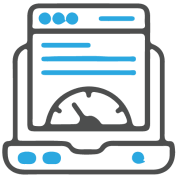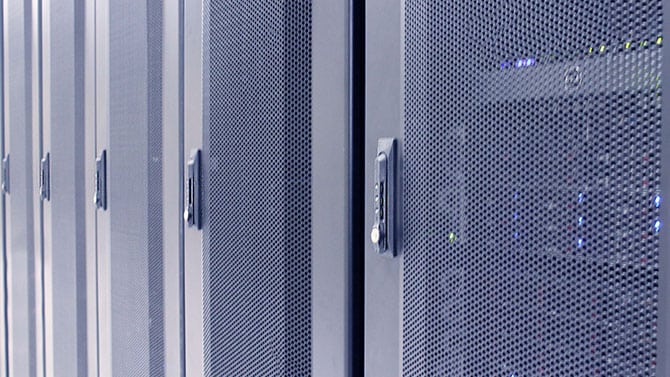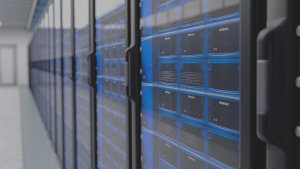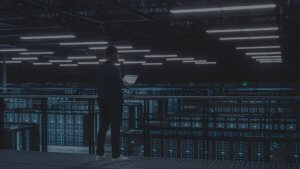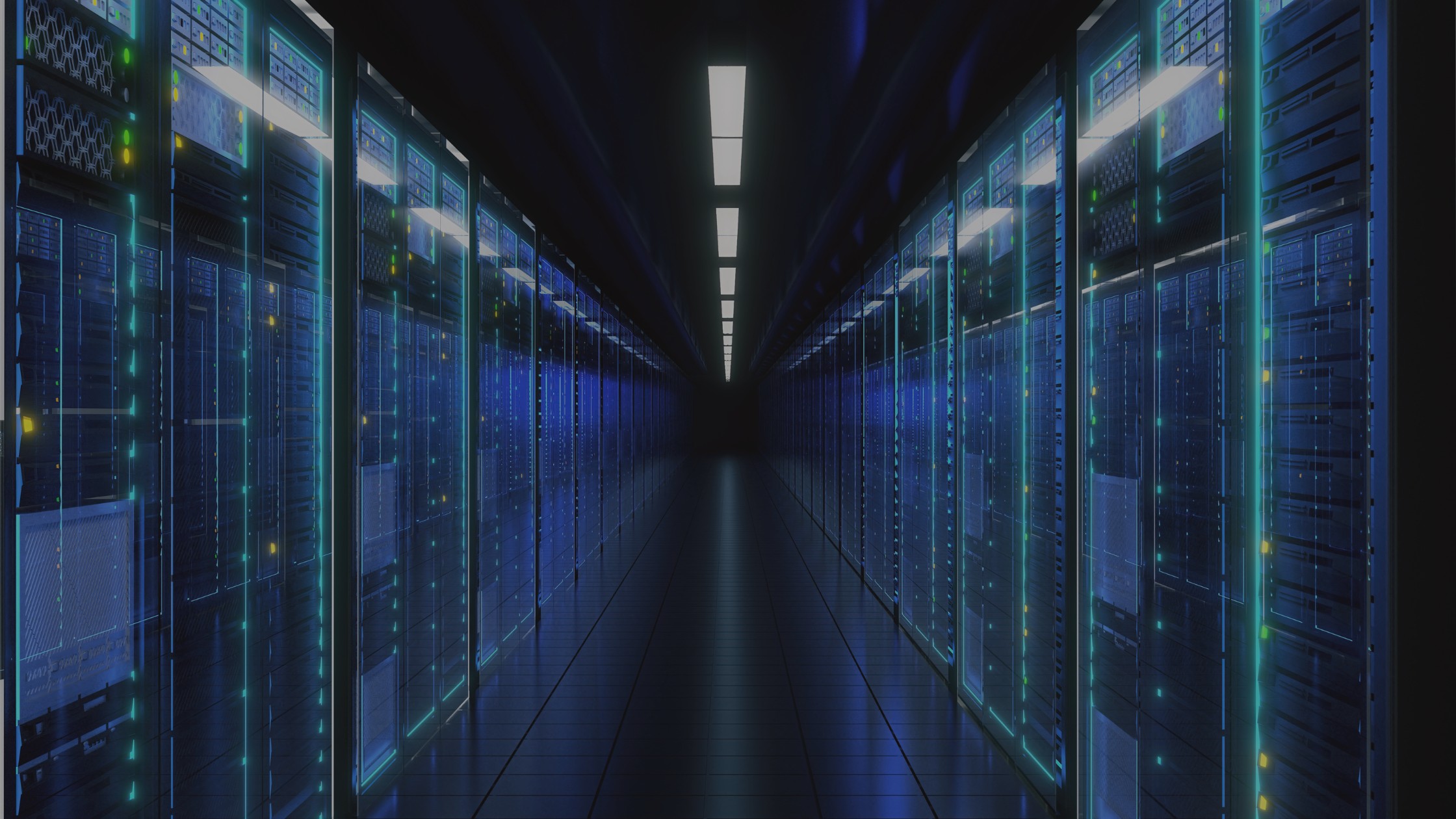Ensuring that a facility is operating safely and effectively is a important criteria in the selection process. Due to an incredibly complex infrastructure, data centers can be very energy intensive. Understanding a data center’s cooling structure can help businesses evaluate whether a facility can protect and maintain their IT equipment.
Increased Reliability
Eliminating air re-circulation and bypassing airflow prevents racks from being exposed to potentially detrimental warm air that may cause thermal stress to IT equipment. If equipment is exposed to increased temperatures for a large amount of time, the overall life of the equipment may be reduced.
As technology is updated, the necessity for data center cooling systems to be refreshed may arise as well. A reliable data center provider will strive to be aware of these issues, taking a concern such as lifespan reduction into account in order to determine its potential effect on cooling operations. Reliable IT equipment is often a priority for businesses, so a facility that also sees reliability as a priority and maintains its data center cooling system as such may help narrow the selection process.
Data Center Cooling Efficiency
Datacenter cooling is the practice of separating hot air from cold air. Too much hot air circulating in a data center can cause equipment to overheat and malfunction. A facility that is able to do this reliably, cost-effectively, and with consistent monitoring in place is on the right track to cooling efficiency.
A general rule of for data center cooling efficiency is to aim toward minimizing the volume of air to cool through directed cooling. Directed data center cooling requires that each rack or cabinet is contained within its own system in the facility. Once contained, racks are typically arranged so as to not draw hot air from surrounding servers. Cable and hardware monitoring ensures that all materials are organized and will reduce blocked airflow.
Outside of the servers, evaluating the amount of additional heat sources in the facility will reflect a facility’s cooling system as well. Traditional systems or energy-saving models may be utilized, depending on the facility’s needs. The facility’s infrastructure as a whole may be evaluated to determine where the data center’s hot spots are and how to arrange equipment around them. Data centers that are mindful of these considerations are in a position to eliminate redundant air re-circulation and bypass airflow.
ColoHouse deploys our colocation cabinets in hot and cold aisle configurations – so that hot exhaust air and cold intake air remain isolated from one another. Hot and cold aisle delivery is designed for optimum efficiency – and so your IT hardware is always functioning at its best.
Cost-effective Energy Consumption
Data centers can be very energy-intensive and costly. The amount of energy that a cooling system uses is variable- depending on the type of data center cooling system in place.
Energy consumption and cost-effectiveness can be influenced by design and operation of the facility. In general, if a facility is able to limit and optimize the CRAC units in use for cooling, they can expect to see more efficient energy consumption. However, the extent of this practice is dependent on the facility’s needs. A data center that functions at a higher temperature will require less cooling and fewer units. In other data centers, a portion of the units may not be necessary and can be turned off, reducing energy and maintenance costs overall.
Maintenance & Monitoring
Regardless of the data center cooling system a facility chooses, maintenance and monitoring is a common part of the equation. Server room monitoring and maintenance can assist the IT team in determining whether their current cooling system is working. Additionally, maintenance and monitoring can provide peace of mind to customers who are concerned with the climate readings on their equipment.
Proper monitoring and maintenance acts as a precaution to any cooling risks that may arise in the data center. It also allows managers to evaluate whether their cooling systems need an upgrade. Regularly troubleshooting allows the IT department to keep track of temperature and humidity while making any necessary changes to protect customers’ critical information. It is important that the provider continues to invest in new cooling technologies to protect equipment and increase its performance.
Managing data center cooling is a central part of our 100% uptime service level standards. Our cooling is designed and built utilizing N+1 cooling systems. With plenty of cooling capacity at each facility and diligent maintenance standards; our experts ensure your equipment operates successfully.
For more information about our datacenters, please contact us at +1 305-731-2225 or email us at sales@colohouse.com. Our team is happy to discuss your situation and requirements to help you get the best solution for your business.




